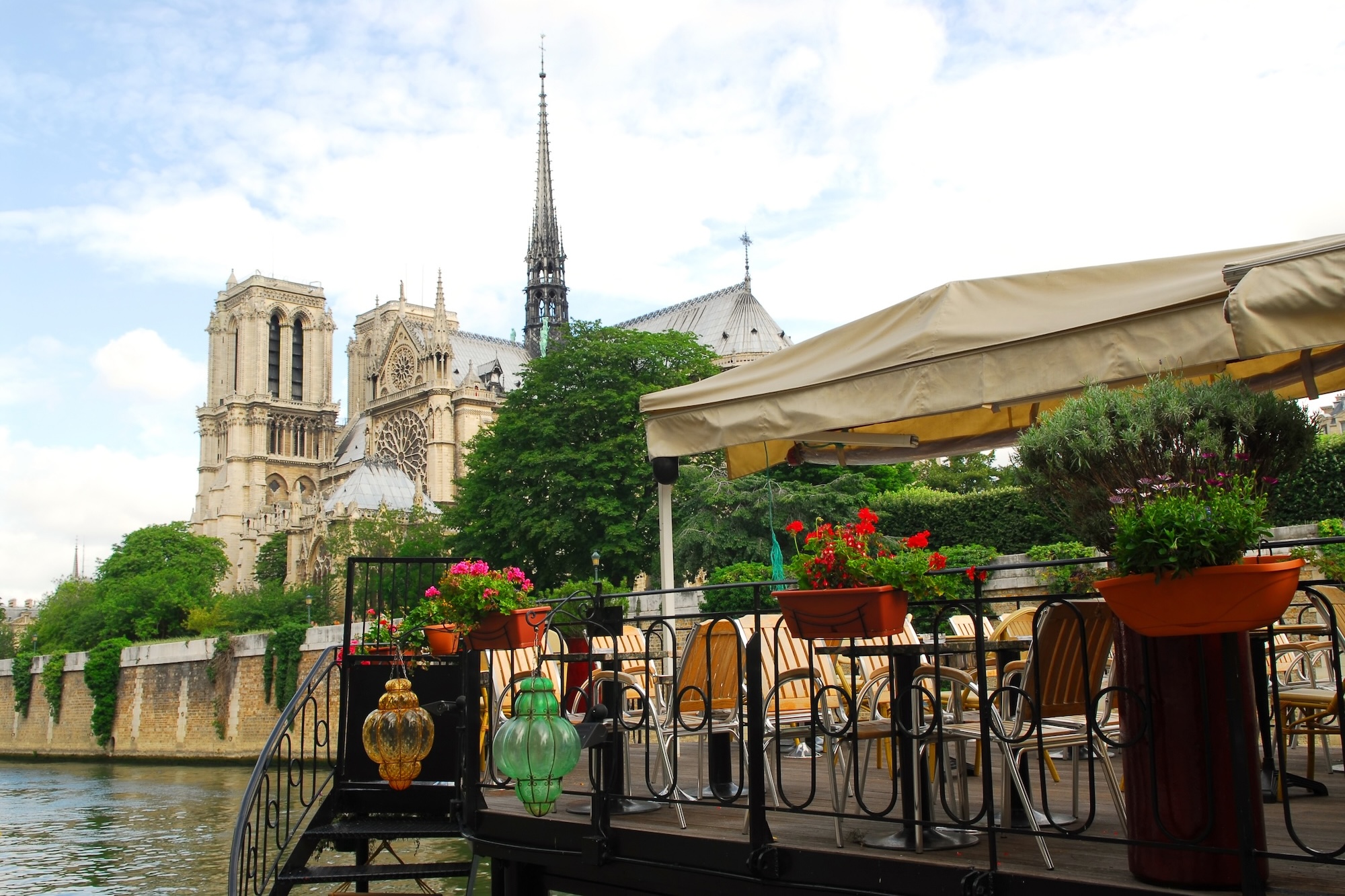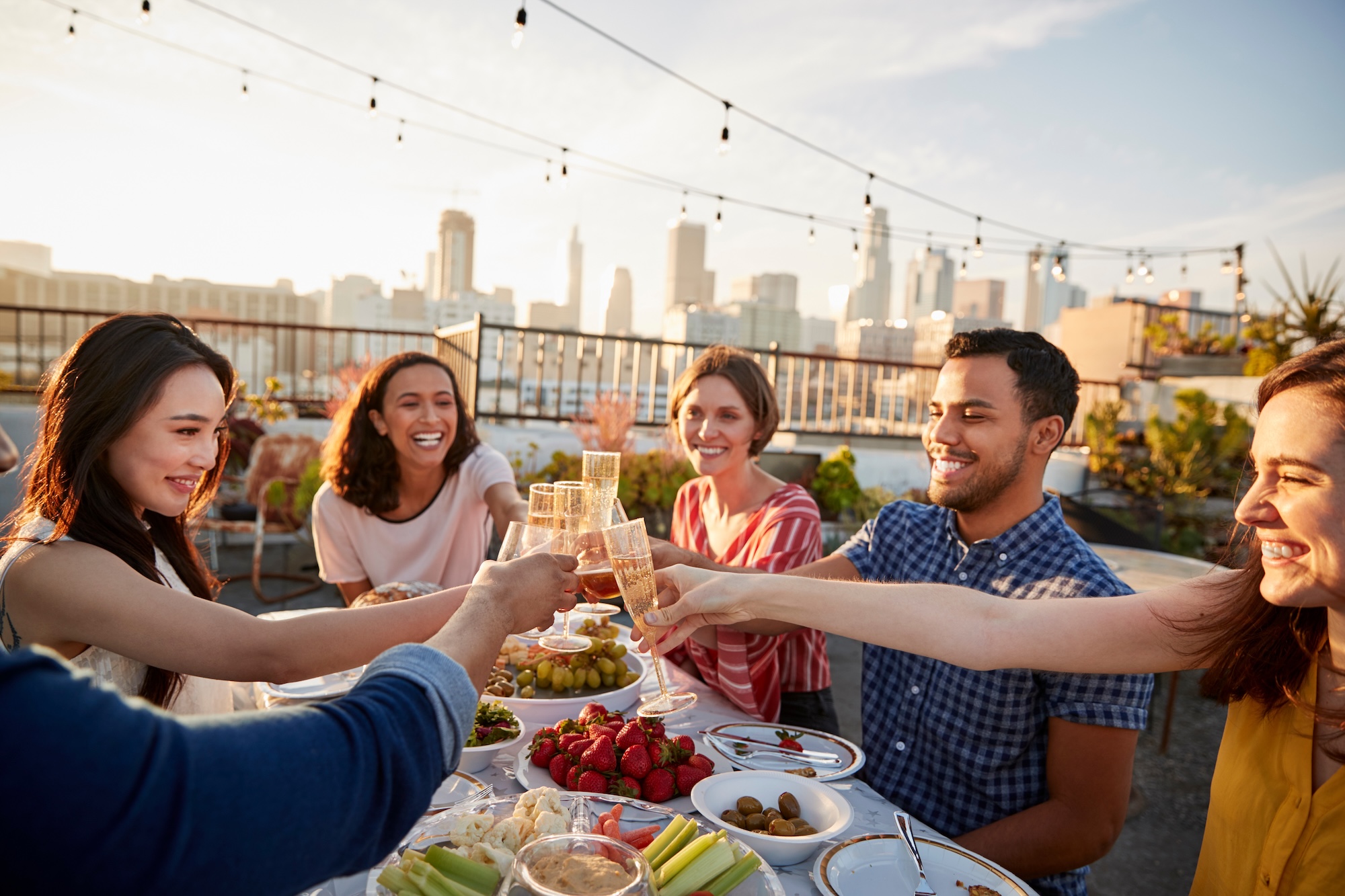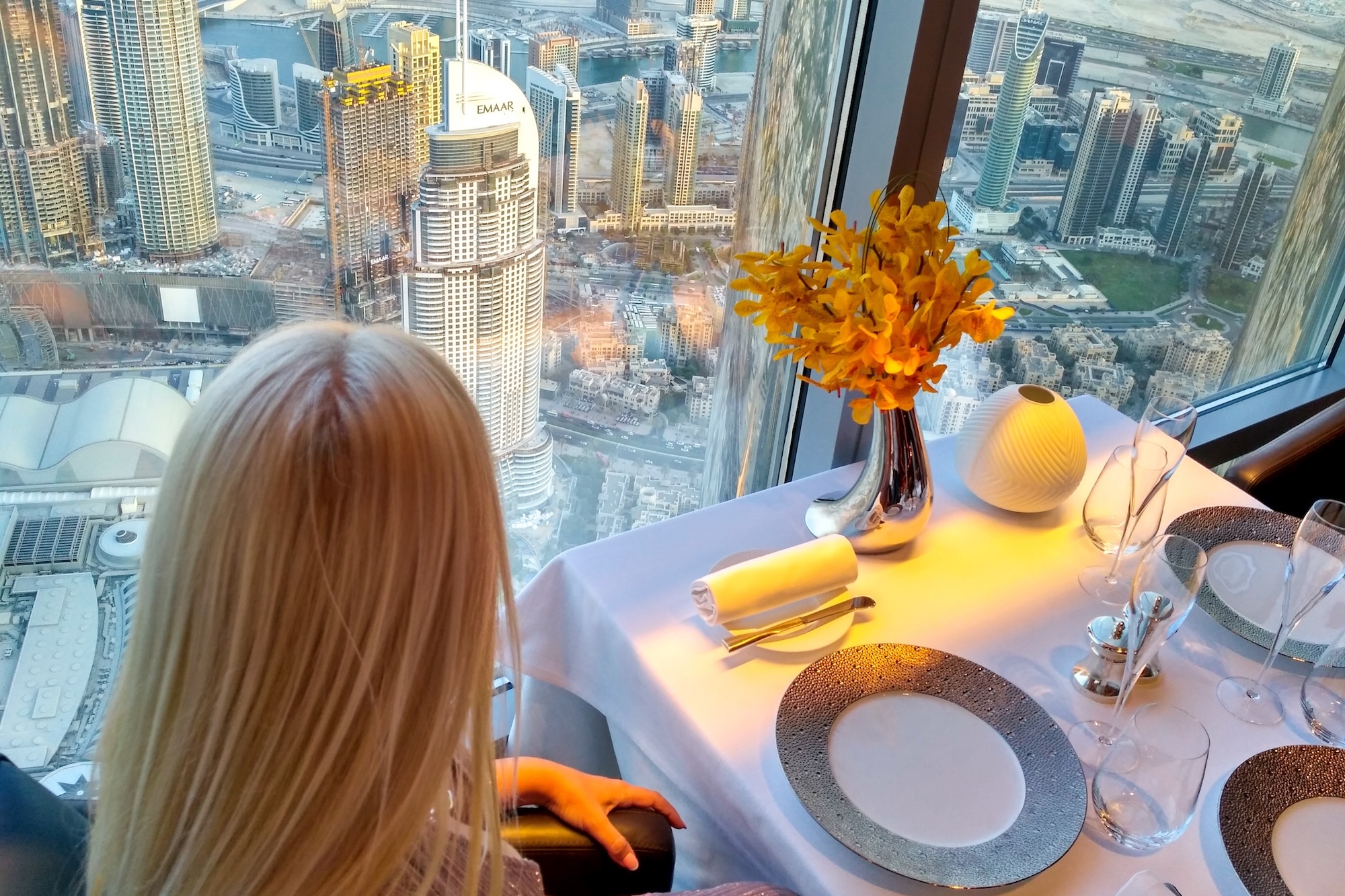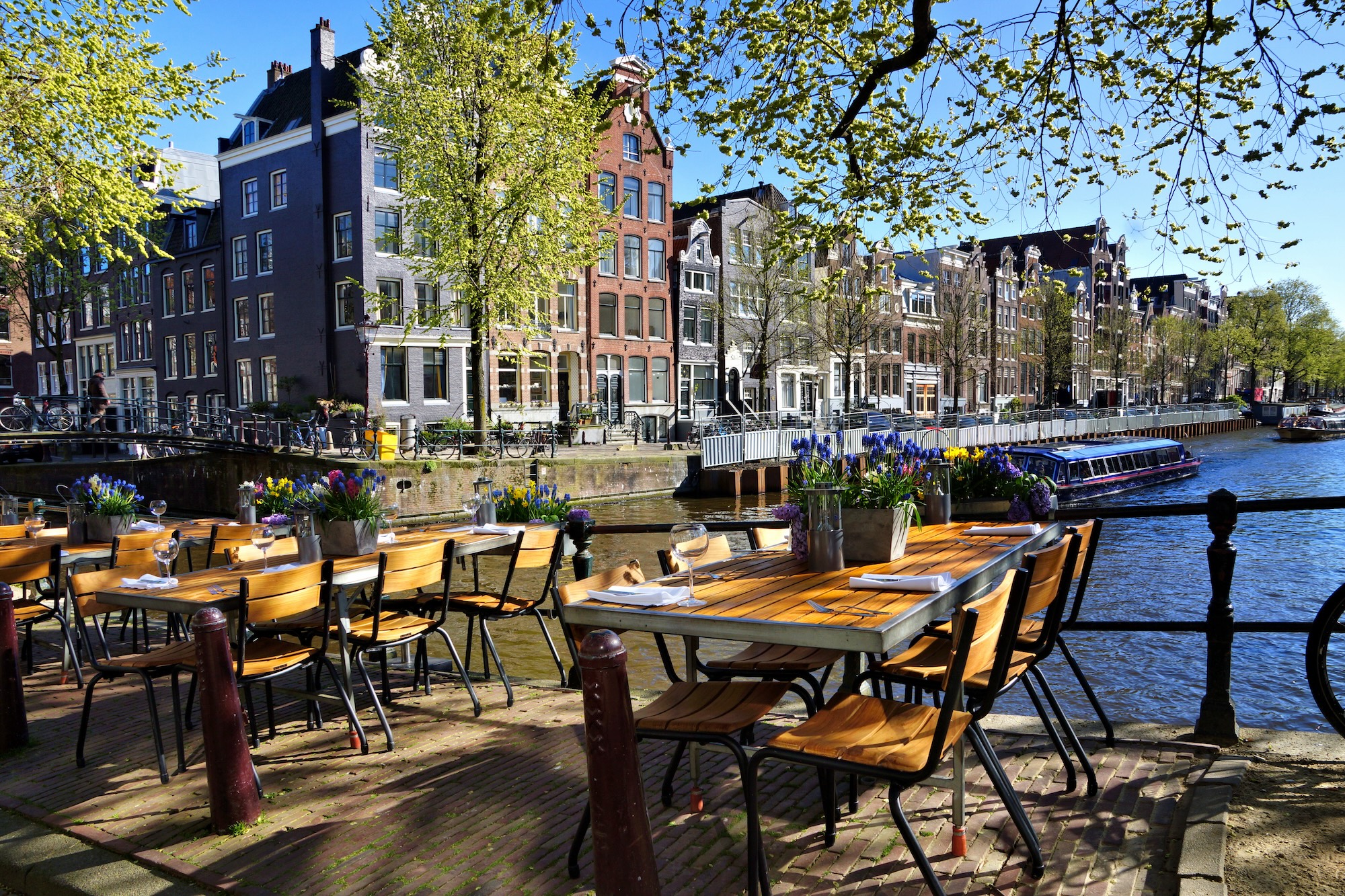15 Tips for Dining in Paris
Dining in Paris is a delightful experience, but it can be a bit different from what you might be used to, especially if it’s your first time. Here are some tips to help you navigate the Parisian dining scene:
1. Understand the Dining Hours
- Lunch: Typically served between 12:00 PM and 2:30 PM.
- Dinner: Usually starts around 7:30 PM or 8:00 PM and can go until 10:30 PM or later.
- Many smaller restaurants or cafés close between lunch and dinner, so plan accordingly.
2. Reservations Are Key
- In popular areas, especially in places like Le Marais, Saint-Germain, or near major tourist sites, it’s advisable to make a reservation, especially for dinner. Parisians take dining out seriously, and many restaurants will be fully booked, especially on weekends.
3. The French Dining Structure
- Starter (Entrée): The first course, often light and refreshing.
- Main Course (Plat Principal): A heavier dish, often meat, fish, or a vegetarian option.
- Cheese (Fromage): A separate course in many traditional meals, though not always included in modern or casual settings.
- Dessert: Commonly follows cheese, but it’s not a strict rule.
- Coffee: Coffee (usually espresso) is often served after dessert.
- If you order a “Menu” (set menu), it will usually include multiple courses at a fixed price.
4. Tipping
- Tipping in Paris is generally included in the bill as a service charge (service compris). However, it’s common to leave small change (1-2 euros) if the service was particularly good, but it’s not obligatory.
5. Water Etiquette
- When ordering water, specify whether you want “une carafe d’eau” (tap water) or “une bouteille d’eau” (bottled water). Tap water is free and perfectly fine in Paris, and it’s often served unless you specifically request bottled water.
- If you order bottled water, you’ll be asked whether you want “plate” (still) or “gazéifiée” (sparkling).
6. Bread is Not Free
- Bread is often brought to the table at the beginning of a meal, but you may be charged for it, especially in higher-end restaurants. If you don’t want more, simply stop taking it or politely decline further servings.
7. Learn Some Basic French Phrases
- While many people speak English in Paris, it’s always appreciated when you make an effort to speak a little French:
- “Bonjour” (Hello)
- “Merci” (Thank you)
- “L’addition, s’il vous plaît” (The check, please)
- “Un café, s’il vous plaît” (A coffee, please)
8. Be Patient and Enjoy the Experience
- Dining in France is an experience meant to be savored. Meals can last a couple of hours, so be prepared for a slower pace compared to fast-food dining.
- Waitstaff may not rush you, so don’t expect the bill to come quickly. It’s customary to wait for the server to bring it at the end, or you may need to ask for it.
9. Know Your Wine Choices
- Paris is famous for its wine. At most restaurants, you’ll be offered house wine, which is typically very good and reasonably priced. If you’re unsure about what to order, ask the waiter for recommendations based on your meal.
- If you want to experience something local, try wines from the Bordeaux, Burgundy, or Loire regions, depending on your preferences.
10. Avoid Tourist Traps
- If a restaurant has menus with photos, touristy signage, or a waiter aggressively trying to lure you in, it’s usually a sign that the food may not be great and the prices will be inflated. Look for places that are filled with locals, and check reviews before committing.
11. Don’t Rush for the Check
- In Paris, dining is an event, and it’s perfectly acceptable to linger over coffee or dessert, chatting and enjoying the atmosphere. Servers will not hurry you out, so feel free to relax and enjoy your meal at your own pace.
12. Street Cafés and Bistros
- Dining at a Parisian café or bistro is a great experience. These establishments are often casual, offering a relaxed environment for people-watching while enjoying a coffee, pastry, or simple meal. If you’re in a tourist-heavy area, prices may be higher, but still, the ambiance is worth it!
13. Don’t Expect a “Doggy Bag”
- While taking leftovers is common in some countries, it’s not the norm in Paris. Restaurants generally won’t offer to pack food to take away unless you specifically ask, and even then, it’s not as widely practiced as in other places.
14. Vegetarian and Vegan Options
- While traditional French cuisine is heavy on meats, you’ll find many restaurants offering vegetarian or vegan options, especially in more modern or health-conscious places. If in doubt, it’s best to ask the waiter if there are options for you.
15. Special Dietary Needs
- If you have any specific dietary restrictions (gluten-free, dairy-free, etc.), it’s best to communicate them clearly when you order, as many French chefs take pride in their culinary traditions and may not automatically accommodate special requests.
By keeping these tips in mind, you’ll be able to enjoy Parisian meals to the fullest, whether in a cozy café, a Michelin-starred restaurant, or a bustling bistro. Bon appétit!












